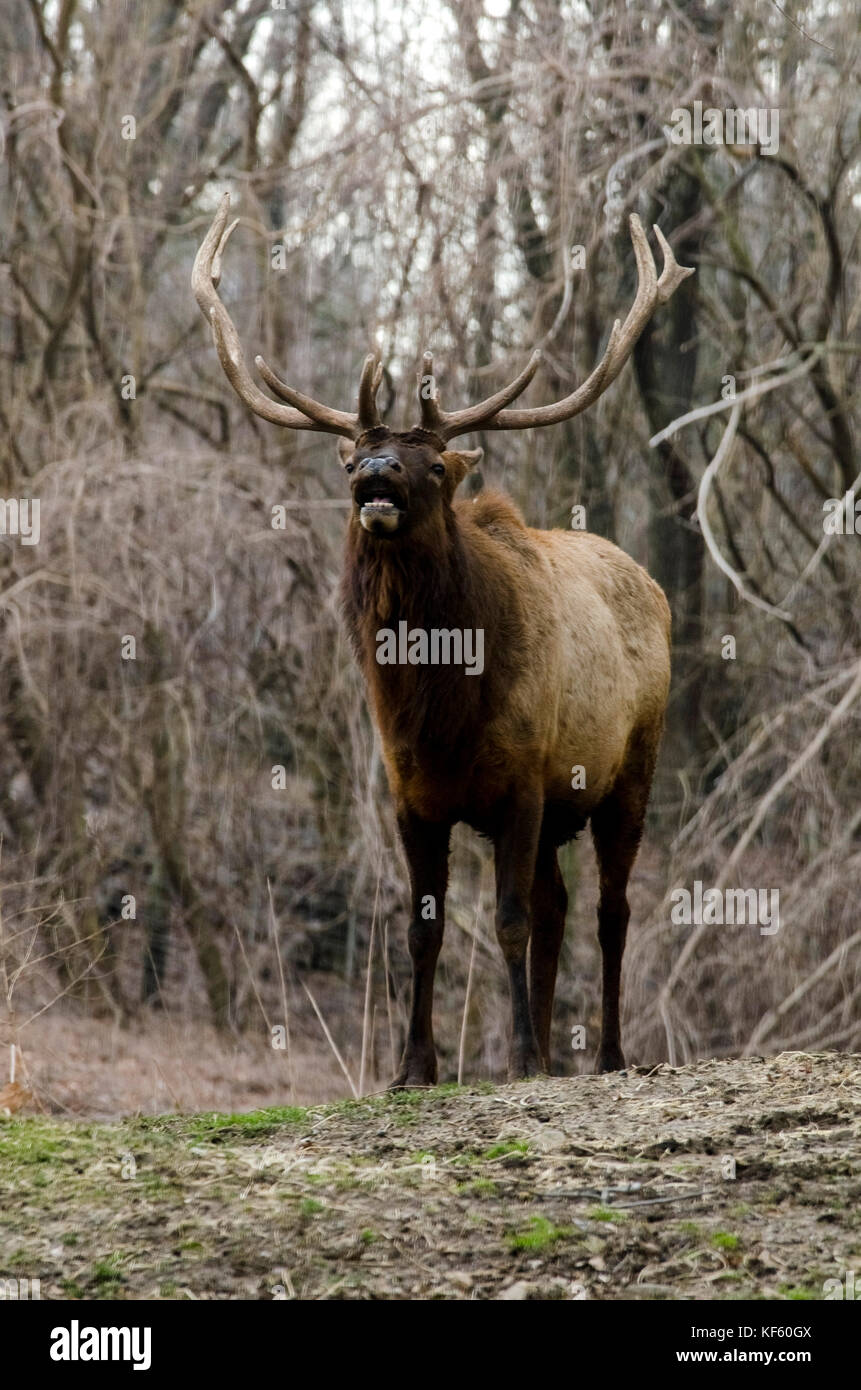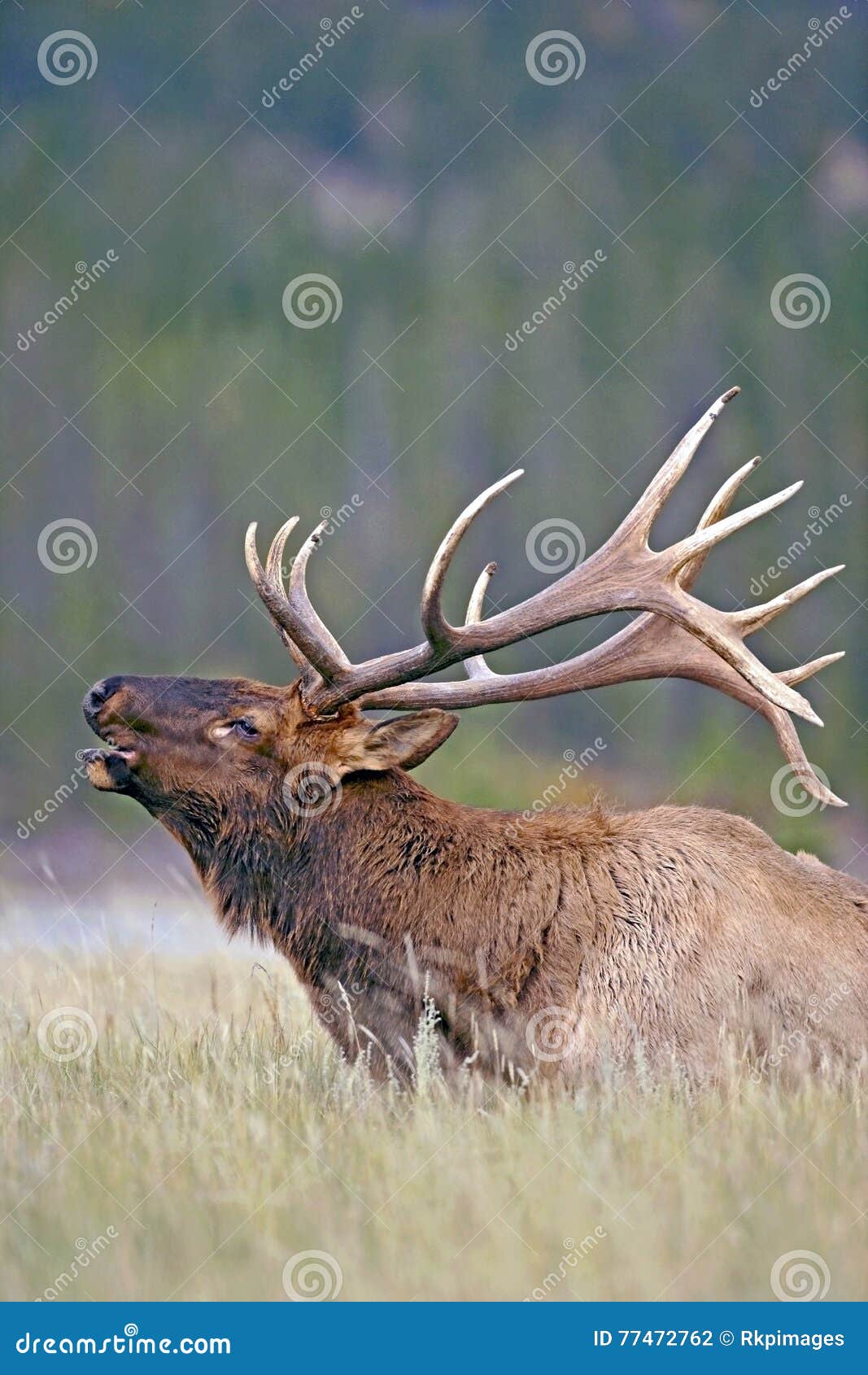

Keep in mind that elk are very loud buglers, so don’t be shy with your bugling. It’s important to stay as quiet as possible and keep non-bugling noises to a minimum so that you won’t scare elk away. They can hear much better than humans, so they will hear any other sounds you are making besides bugling. What Not to Do When Elk BuglingĮlk are very sensitive to sounds. It’s probably best to go with an experienced elk bugler who can teach you the different calls and tricks. It might be worthwhile to do a few scouting trips just listening to elk calls.Įven if you aren’t hunting on these trips, it’ll help you learn the lay of the land and familiarize you with the different types of elk bugling.
#Bull elk calling how to
The best way to learn how to bugle elk is first to observe elk bugles. Hunters will use what is unsurprisingly called an elk bugle to make elk sounds, which will be used to locate bull elk.Įlk tend to respond to other elk bugles, so if your bugle sounds like an authentic elk call, other elk will respond, making them easier to locate. Otherwise, you’re going to end up spooking and scaring away the elk. Using elk bugle calls can be difficult, and it’s important to understand how to mimic the call properly. Hunters have been mimicking elk bugles for a long time in hopes of having a more successful hunt. What Hunters Need to Know About Using Elk Bugle Calls There is a lot about elk bugling that we still don’t know, and it’s often hard to discern the purpose of an individual call from the sound alone. They’ll often come to see if the bull is an eligible mate.

That said, given that Elk tend to be one of the largest species of deer (after the Moose), you probably won’t be disappointed.Įlk will also bugle to attract mates or warn other bulls, or even other types of forest animals, to stay away when they see danger. Some of the loudest bugles actually come from smaller elk, so don’t be surprised if you hear a huge bugle and then are disappointed by an elk’s size. The bugle can be deceptive, and a loud bugle can be an asset for smaller elk.

The bugle allows the bull to locate other bulls and intimidate them.


 0 kommentar(er)
0 kommentar(er)
